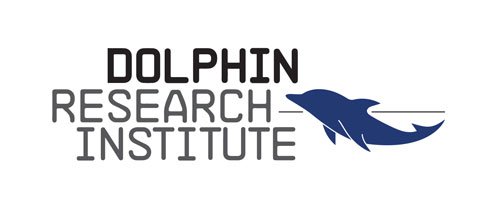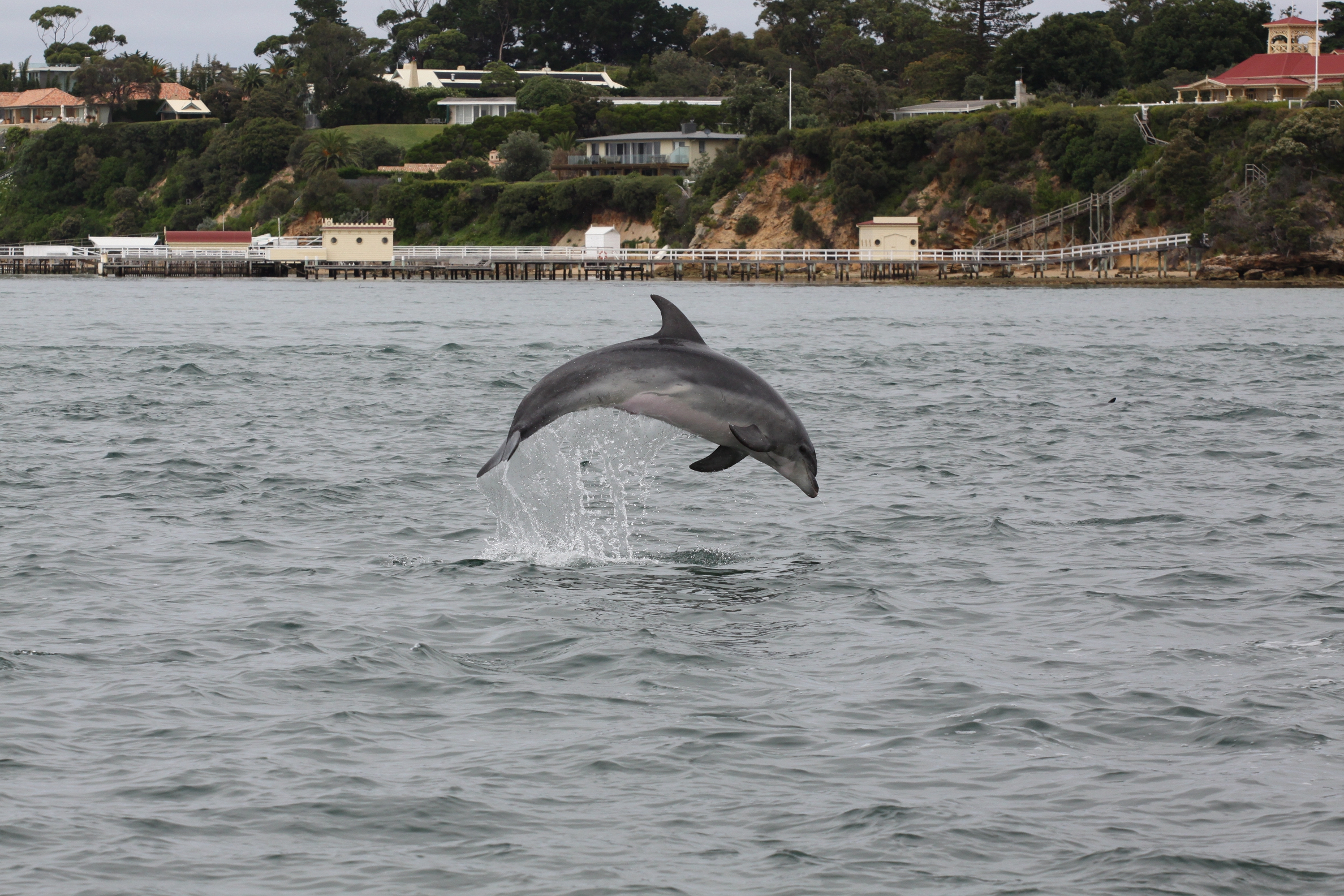Unfortunately, it is not unusual to come across a dead dolphin, washed up on a beach or floating offshore. Those that have stranded in the past generally appeared to have passed away of old age. However, we cannot be certain of this, as there is not a specialised veterinarian in Victoria able to perform autopsies to truly determine cause of death.
We have been lucky so far, to have no documented mass strandings of live animals in Port Phillip. It is always a possibility that we may one day have whales or dolphins strand and we must be prepared for such an event. Although there are many theories as to why whales and dolphins strand, we still do not really know the exact reasons. While we are still trying to figure this out, there must be response plans in place to deal with strandings. The Department of Environment, Land, Water and Planning has developed the Victorian Cetacean Contingency Plan. This ensures that the response is as quick as possible and the least stressful for the animals. If you happen to find a stranded whale or dolphin, you should notify the appropriate wildlife department within your state or territory.
If you happen to be the first person on the scene of a live stranding, you need to take the following steps:
Notify the authorities as soon as possible. In Victoria
Whale and Dolphin Emergency Hotline 1300 136 017
DELWP Customer Service Centre (for seals or marine turtles) 136 186 (business hours)
AGL Marine Response Unit (seals) 1300 245 678
Dolphin Research Institute 03 5979 7100
Check for dangers to yourself and the animal. Don’t try to return the animal to the sea – WAIT until the authorities arrive. In the meantime, keep the following in mind:
Rinse sand from the eyes and around the blowhole with water, but do not pour water into the blowhole!
Keep the skin from drying out by either pouring water over the animal or covering them with a cloth kept damp (do not cover the blowhole or pour water over it).
Do not pull on the head, flippers, flukes or dorsal fin but do try to roll the animal upright so that the blowhole is clear of water and sand.
Try to point the animal’s body away from breaking waves.
Keep the animal as calm as possible, once you think it is comfortable stand away from it whilst monitoring its condition.
Try not to get too close to teeth and the flukes, as when distressed, the animal may thrash about or bite you.
When the authorities arrive, they will see to the animal and coordinate a response plan.







There should be signs put up on all beaches where dolphins are at risk of breaching this article helps but people need to know in the sites where its likely to occur
Thank for your suggestion. Over the years we have realised that you need to work in lots of ways. We have messaging on our collection tins, stickers for cars and boats, plan lots of media in the busy seasons and engage with boat owners in a number of ways. We have put signs on lots of piers and boat ramps over the years and see this as one action but it’s disappointing to see how few people read signs.
Jeff